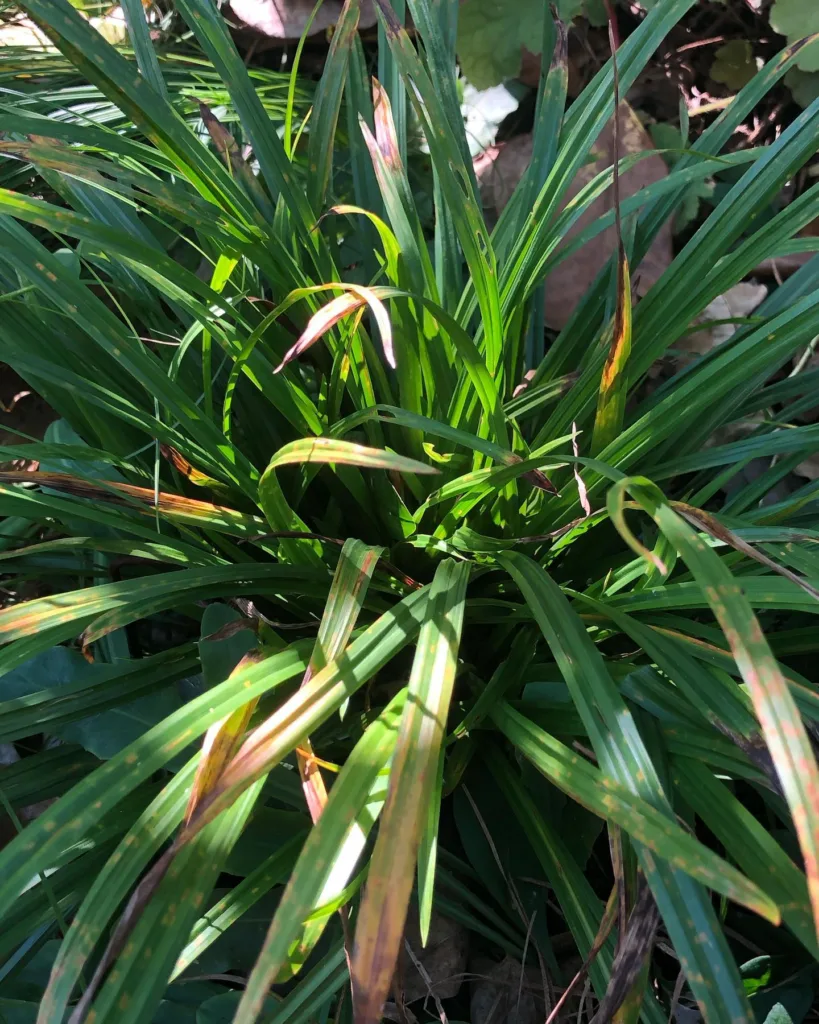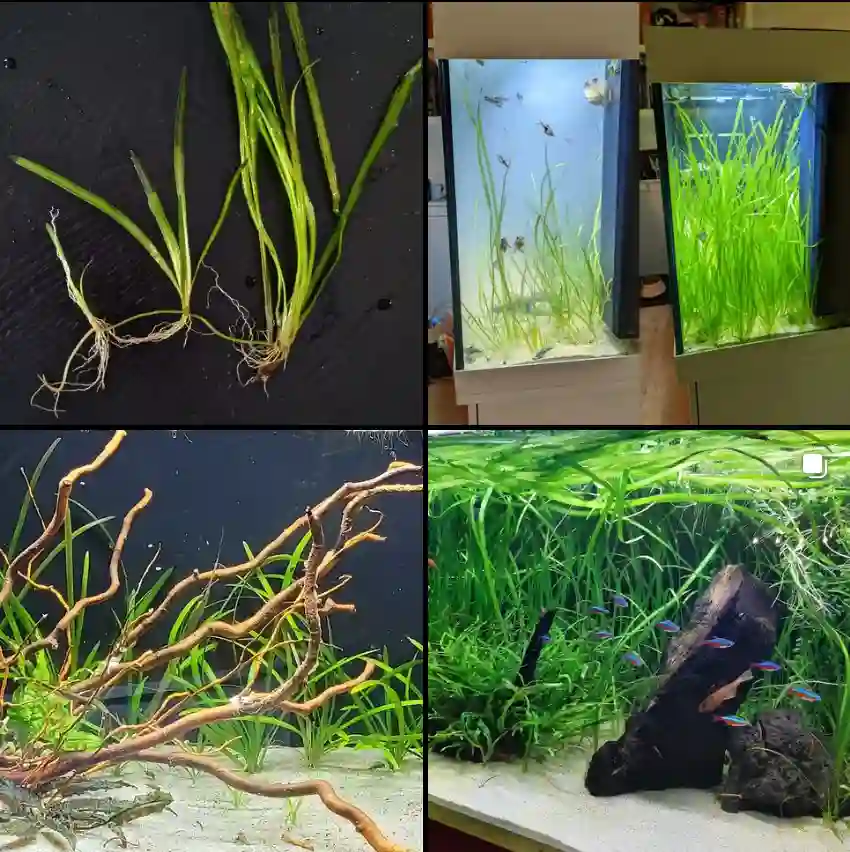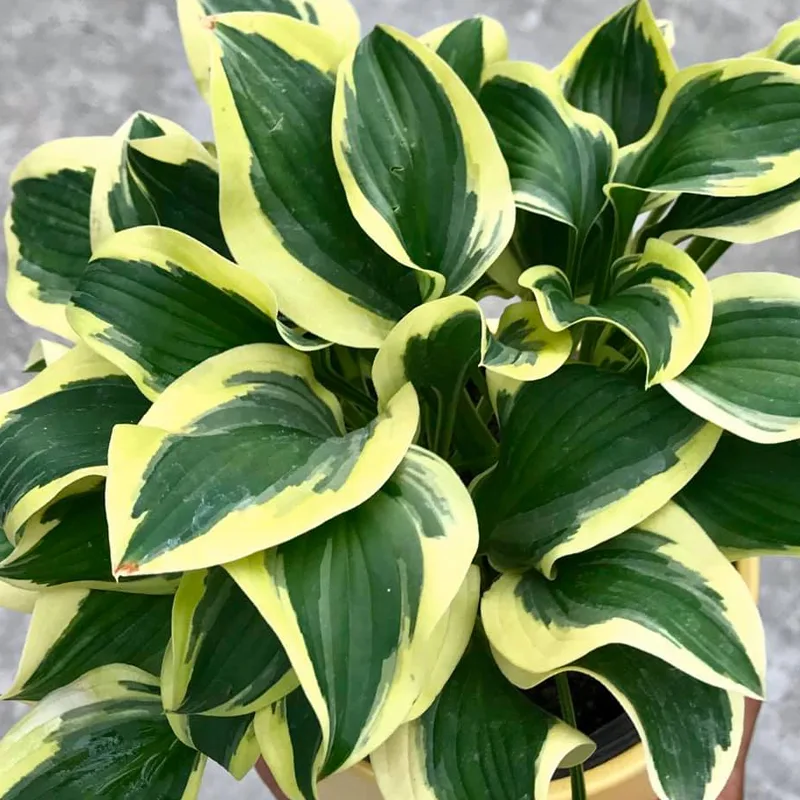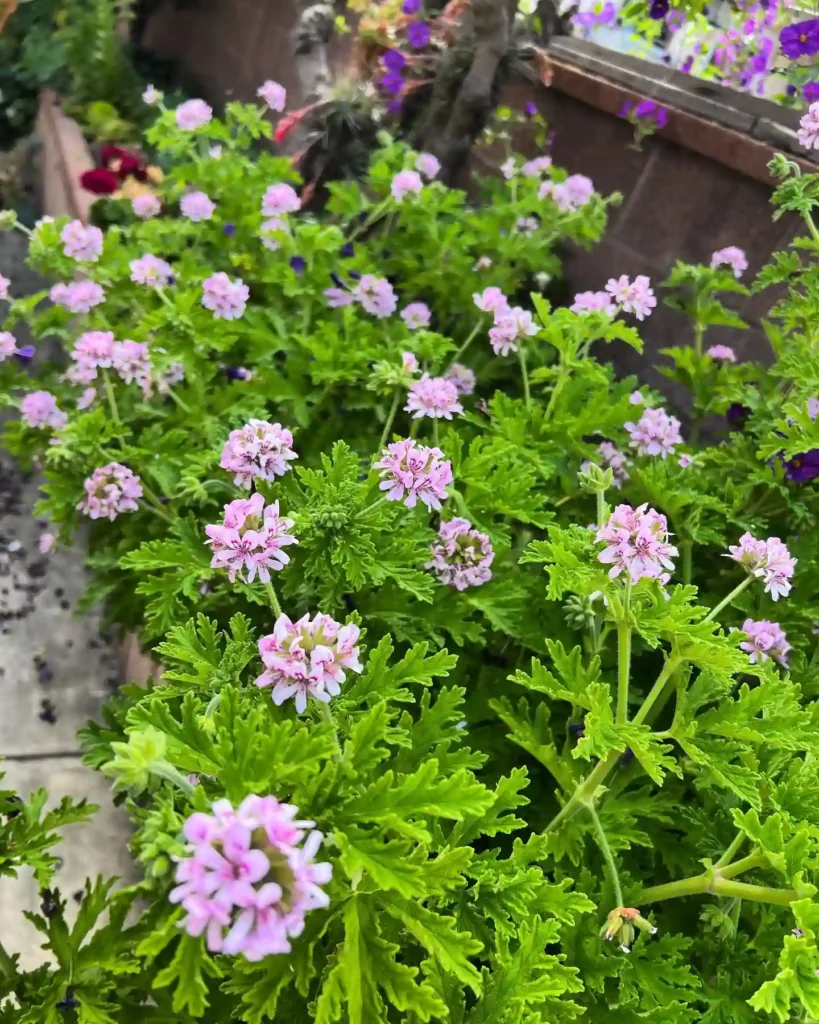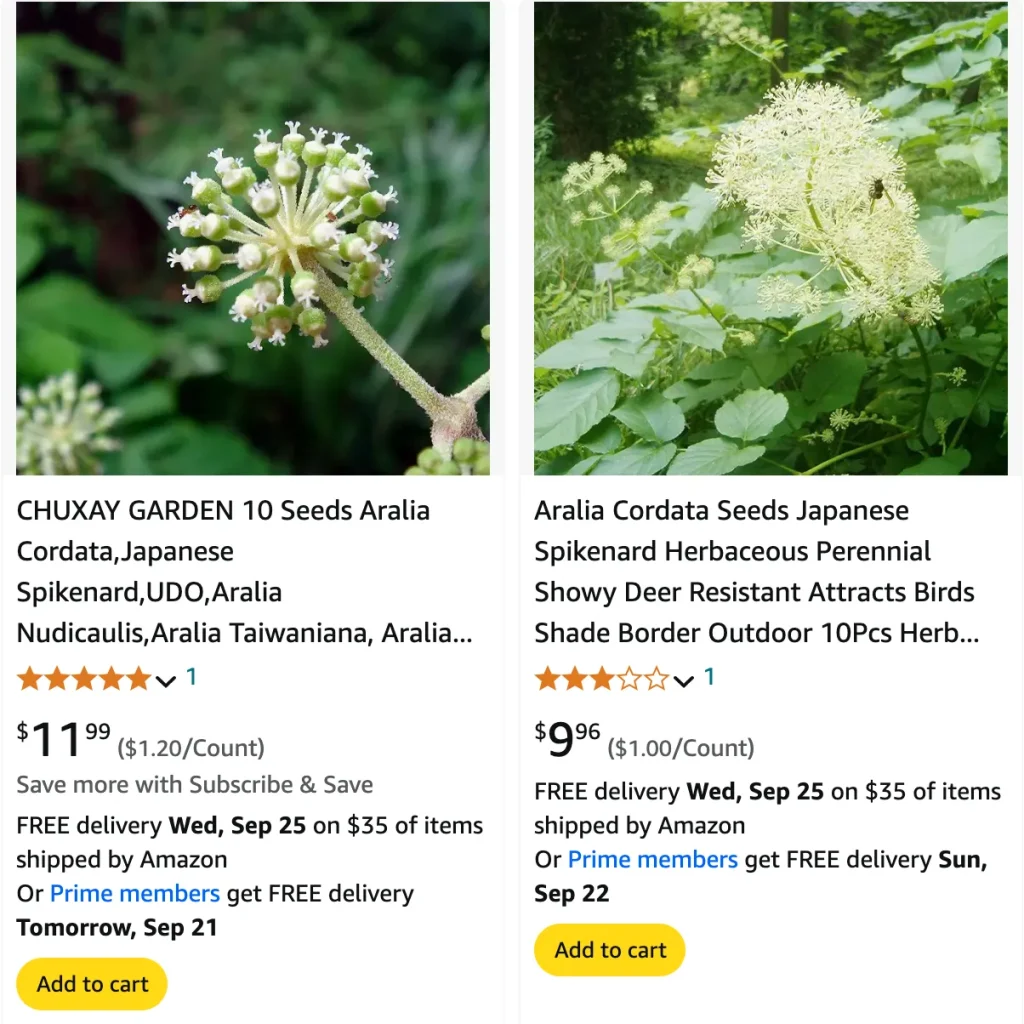
FAQs About Aralia Cordata: My Insights and Experiences
As an avid gardener, I’ve spent quite a bit of time with Aralia Cordata, commonly known as the Japanese spikenard or Sun King. This unique plant has piqued my interest for various reasons, from its striking foliage to its versatile uses in the garden. In this article, I’ll answer some frequently asked questions about Aralia Cordata, sharing my personal experiences along the way.
73 Species in Genus Aralia
What Is Aralia Cordata?
Aralia Cordata is a perennial plant native to East Asia. It’s renowned for its attractive, large, glossy leaves that can reach up to three feet in length. The plant grows in clumps and can add a lush, tropical feel to any garden. In my experience, it thrives in partial to full shade, making it a fantastic option for darker corners of the yard.
How to Care for Aralia Cordata?
Caring for Aralia Cordata is relatively straightforward. I’ve found that this plant prefers rich, well-draining soil. Regular watering is essential, especially during dry spells. Mulching around the base helps retain moisture and suppress weeds. If you want a fuller plant, consider dividing it every few years. This not only keeps the plant healthy but also allows you to expand your garden!
Can You Prune Aralia Cordata?
Absolutely! Pruning Aralia Cordata can encourage bushier growth and remove any dead or damaged leaves. I usually prune in late winter or early spring before new growth begins. This timing helps the plant focus its energy on producing new leaves and flowers. Just make sure to use clean, sharp tools to avoid damaging the plant.
How to Propagate Aralia Cordata?
Propagation of Aralia Cordata can be done through division or seed. In my experience, division is the easiest method. I typically wait until spring when the plant is waking up from dormancy. Carefully dig up the clump, making sure to keep some roots with each section. Replant the divisions immediately in a well-prepared spot.
For seed propagation, collect seeds in late summer and plant them in a seed tray filled with a seed-starting mix. Keep the tray in a warm, bright location and maintain moisture. Germination can take a few weeks to a few months.
How to Winterize Aralia Cordata?
Winterizing Aralia Cordata is crucial in colder climates. In my area, I cut back the foliage to about six inches above the ground after the first frost. Then, I cover the base with a thick layer of mulch to insulate the roots. This helps protect the plant from extreme cold and ensures it bounces back in spring.
Is Aralia Cordata Sun King Invasive?
While Aralia Cordata can spread through underground rhizomes, it’s not typically considered invasive in my experience. It can fill out an area nicely but doesn’t take over like some other plants. Still, keeping an eye on its growth can help manage any potential spreading.
What to Plant With Aralia Cordata?
I’ve found that Aralia Cordata pairs beautifully with shade-loving plants such as ferns, hostas, and astilbes. These companions complement its bold foliage and create a layered look in the garden. Adding flowering plants that bloom in summer, like bleeding hearts, can also provide a lovely contrast.
Can You Grow Aralia Cordata Indoors?
Growing Aralia Cordata indoors is possible but requires some extra care. It needs bright, indirect light and a consistently warm temperature. I’ve tried growing it in a pot on a bright windowsill, and while it thrived for a time, I found that it ultimately preferred the outdoor conditions. If you do attempt indoor cultivation, ensure proper humidity and drainage.
Is Aralia Cordata Toxic?
One of the questions I often get is whether Aralia Cordata is toxic. Thankfully, this plant is not considered toxic to pets or humans. However, as with any plant, it’s best to avoid ingestion. If you have curious pets or children, always monitor their interactions with the plant.
Common Problems with Aralia Cordata
Like any plant, Aralia Cordata can face a few issues. I’ve encountered problems with pests such as aphids and spider mites. Regular checks can help catch these early. Keeping the plant healthy through proper care will minimize such infestations.
Comparing Aralia Cordata with Other Plants
When I compare Aralia Cordata to similar plants like Fatsia Japonica, I find that while both have bold foliage, Aralia Cordata tends to have a more upright growth habit and is more tolerant of a wider range of soil conditions. Fatsia, on the other hand, can be a bit fussier about water levels.
In conclusion, Aralia Cordata has become a delightful addition to my garden. From its impressive foliage to its ease of care, it offers so much for both novice and seasoned gardeners alike. Whether you’re considering adding it to your garden or just curious about its care, I hope my experiences and insights help guide you on your journey with this fantastic plant!
If i die, water my plants!
